Canadian Art Forecast is pleased to announce its first series of short reviews, written by Liam Mullen. I wasn’t able to attend any of the following exhibitions, so I found Mullen’s succinct and energic responses especially fruitful. I hope you do too. -td
Patel Brown – Nowing
Anique Jordan
My inaugural post-lockdown gallery visit was Anique Jordan’s urgent, haunting, and intimate look into colonial practices of history-making. Jordan interrogates and edits current reports from “reliable” local news sources. By severing their credibility, Jordan demystifies the issues happening in the Greater Toronto Area's marginalized communities, revealing the troubling dismissal of these communities' issues in the press.
I am reminded of an Emily Wells essay in a recent issue of The Skirt Chronicles, "We Live in a Language". The piece reflects on the difficulty of having to sideline ethics when working as a writer for a crime column in a local newspaper (in the Greater Los Angeles Area). Wells unravels the passive phrases commonly found in the news that allude to acts of injustice, immoral behaviour. It is this censorship that Jordan redacts. Holding both the publication (Toronto Star) and its correspondents accountable for their neglect of marginalized communities, Nowing probes the line between journalistic ethics and social ethics, highlighting the convenience and ease of adhering to journalistic reticence when confronted by stories of human rights violations and crises.
Jarring . Although I do wish that the “primary source” material was presented rather than the ink-jet alternatives—it feels more immediate to see the actual altered object.
Cooper Cole – Fact or Fiction
Vanessa Maltese
This show is a love letter to all things related to index and identification. As I wandered around the gallery, I felt that I was participating in a series of brain teasers. I leaned in to see the duck/rabbit motif across the canvases. The video work is what really engaged me in a psychological exercise. Contrasting objects and actions— as the actors activate and excite the props— to create sounds that mirror sounds found in nature. Wildflowers/weeds sway and dance in the breeze, translated to the stroke of a duster. There is a replacement of sound sources, a playful investigation where language —both visual and aural — slips and slides, impairing the ability to interpret.
I can’t help but think of the “deindustrializing” landscape of Dupont/Dufferin in relation to the show. Cooper Cole sits above Garrison Creek — a waterway that lives beneath the surface of the developed city. Dupont is home to a strip of auto-shops. While some spaces now contain bakeries, breweries, and art spaces behind the series of garage doors. Leading me back to the show’s thesis: things are not always as they seem.
TAP Gallery – Our Galaxy’s Centre Smells like Rum and Tastes like Raspberries
Minerva Ayón and David Bellemare
Newly relocated from Montreal, TAP Gallery is one of Toronto’s latest residents in the West End’s well-established art landscape. An excellent entry point for an evening of gallery tours, the DIY art space, neatly tucked away in an alley just East of Lansdowne, offers a bridge between the art discourses in Montreal and those that are being hosted in Toronto. In Our Galaxy’s Centre Smells like Rum and Tastes like Raspberries, motifs of the familiar wellness trends repeat, although they appear as bastardized counter-parts. Minerva Ayón’s facial mask-like drapes and quilts slouch against the garage's walls. Propped against the main wall, David Bellemare's large-scale paintings occupy the majority of the wall real-estate. The sticker-like paintings, composed by cutting and laminating unsettling renditions of iconographic images, most notably the reimagined crucifixion, feel like an acid trip gone wrong. But an exciting foray into DIY art spaces.
Unsettling and strange, the colour-filled, psychedelic show was saturated with chaos. I still feel somewhat discombobulated by the show, as I was confronted with the illustrations of anxiety and noise that have been repressed over the many days of isolation within the past year.
MKG127 – pockets, postscripts, peonies
Liza Eurich
Liza Eurich balances the medical and the uncanny with a dose of sweetness, as if I have entered a space that is a cross between a nursery and a maternity ward. I couldn’t figure out whether to feel calmed or concerned. Two red cushions, compressing what appears to be a baby’s bib in an unsettling stomach-lining colour, stand apart from muted tints of nursery blue and pink that dominate the white cube. The gallery feels fit for germination. Mediated to the point of being clinical. Instructions and criteria are mounted to the wall. I wish they described how the bench/end table was made – I have been dreaming of the seamless joinery work.
Clint Roenisch – A Temple Most August
Abdul Sharif Baruwa, Anna Torma, Emma Talbot, Heather Goodchild, Jennifer Murphy, Lorna Bauer, Lynne Sachs, Sarah Cale, Willard van Dyke.
Upon entering, I felt as if I had returned home. The familiar textiles of the East Coast in Heather Goodchild’s rug-hooked tapestries radiate with a surreal-gothic gloom, while still warming my heart with deeply saturated dyed wool that I so often associate with the crafts of the Atlantic Provinces. Further into the space, an array of Lorna Bauer’s assorted glassworks stand as if they are delicate monuments – I am reminded of beach-glass that I’d gather from the shore and present to my Mum, simple gifts.
I wish I could return to the Maritimes.
Daniel Faria Gallery – Archivio Milano 1991
Iris Häussler
Another show regarding news cycles, the slipperiness of language, and the archive. The show is compiled of captured moments in time as tiles, manufactured fossilized transparencies that freeze and preserve events. Most often, the clippings capture glimpses into the movement of people: images of boats, bodies, and refugee families. Diaspora as a result of conflict, forced migration. In using the brittle and unstable wax, Häussler is actively working against art and artifact preservation, drawing a parallel to the deterioration and erosion of cultures and traditions from the documented conflicts. Through the media cycle and its increasing speed, we experience the exponential momentum in which stories develop, which then slows and eventually halts—dust to be swept under the rug. These artifacts also remind me of ice-core samples, they respond to the conditions based on the events that happen around them. As fires in the West create an increasingly toxic and dense airfield, triggering waves of intense humidity. I’m impressed that the wax isn’t severely impacted. A compelling work and a privilege to see it in a moment where it is still intact.
Patel Brown – side by each
Alexa Hatanaka
I end in the same spot that began. Both visits caught on rainy days, the gallery a space of solitude and reflection, contrasted by the speed of Bloor and Lansdowne. Also thinking about speed, Alexa Hantanka’s side by each draws on the slow and considerate gestures and traditions of Japanese Folkscraft. I closely examine the delicate textiles— and at one point, porcelain tiles—to appreciate the labour put into creating these objects. The craft items are less centred around “use value,” as they have a tradition of having, but instead, are understood as the idols of slowness, contemplation, and care.
For optimal enjoyment: when viewing this body of work, warm-up or cool-down by listening to Ana Roxanne’s ~~~ - EP (2019). This pairing completely elevates the show.
Liam Mullen is an artist and researcher based in Toronto. His practice stems from routines of walking and holding conversations with others. He is curious about how mediating aural, visual, and written texts can enable deeper engagement the world and art. Currently, he is studying at the University of Toronto's John H. Daniels Faculty of Architecture, Landscape, and Design, entering his final year in the Visual Studies program.


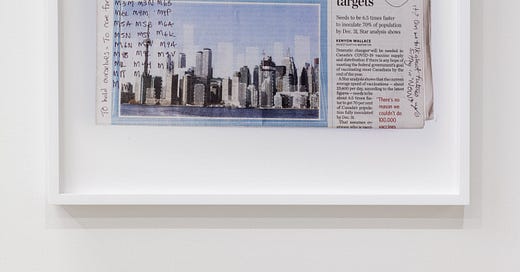



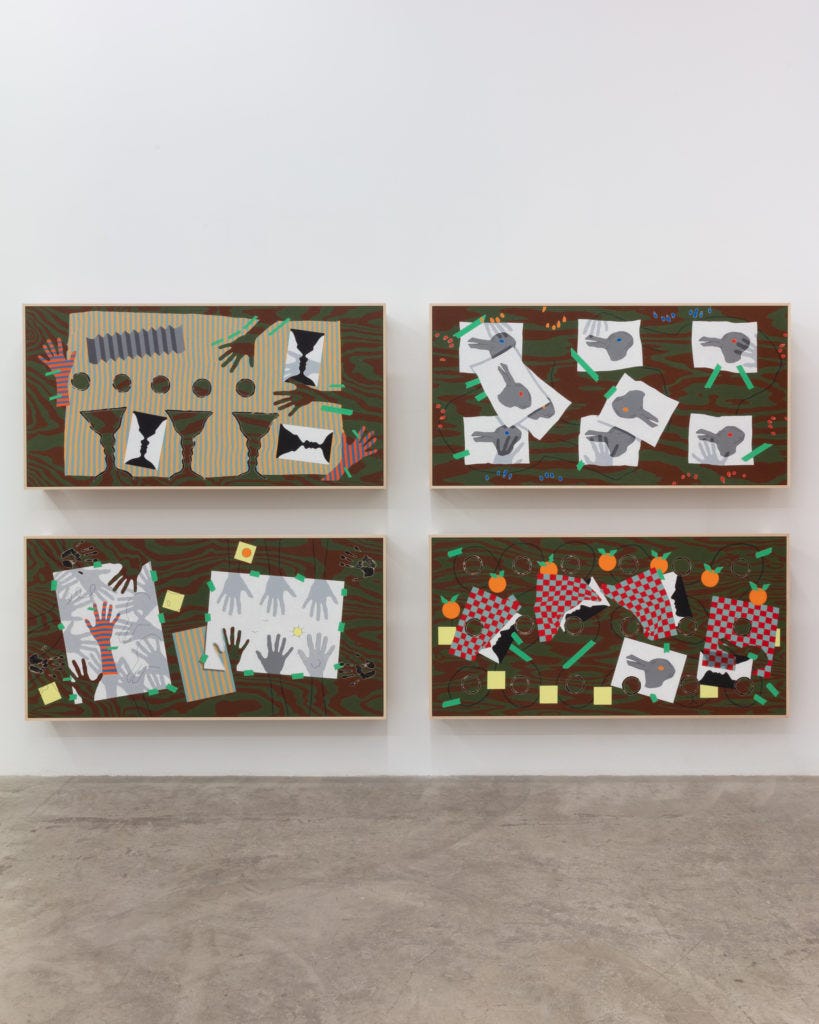
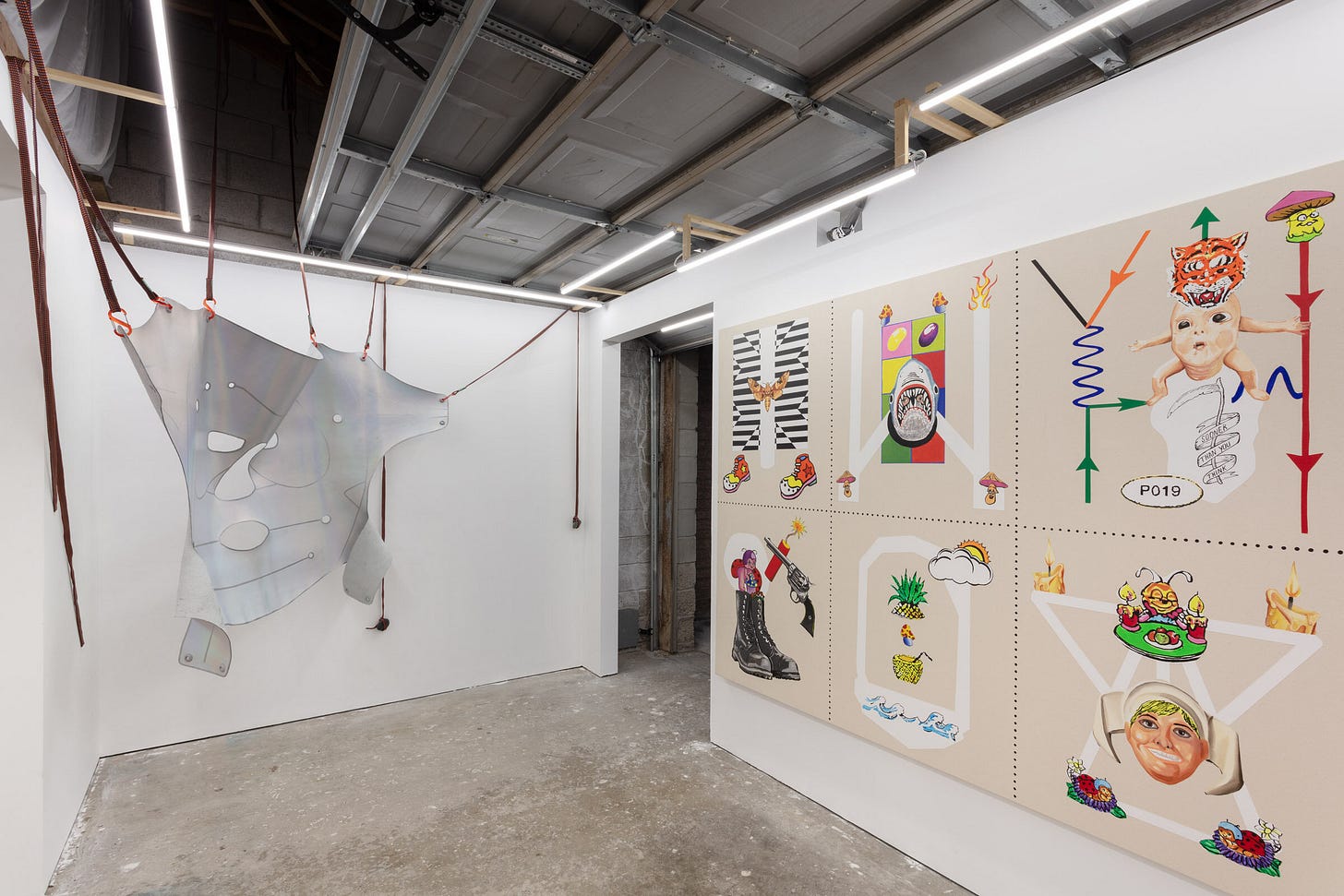
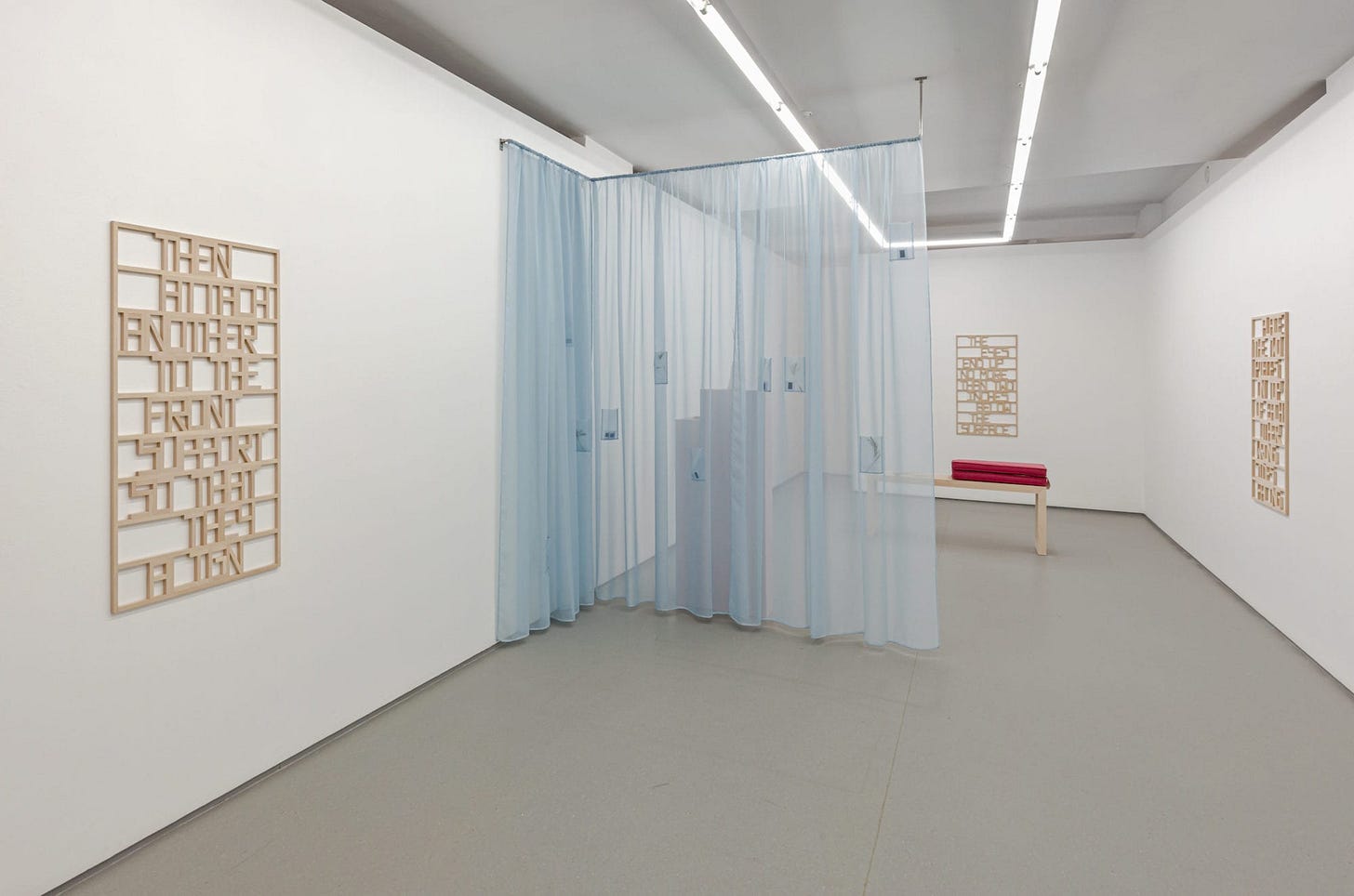
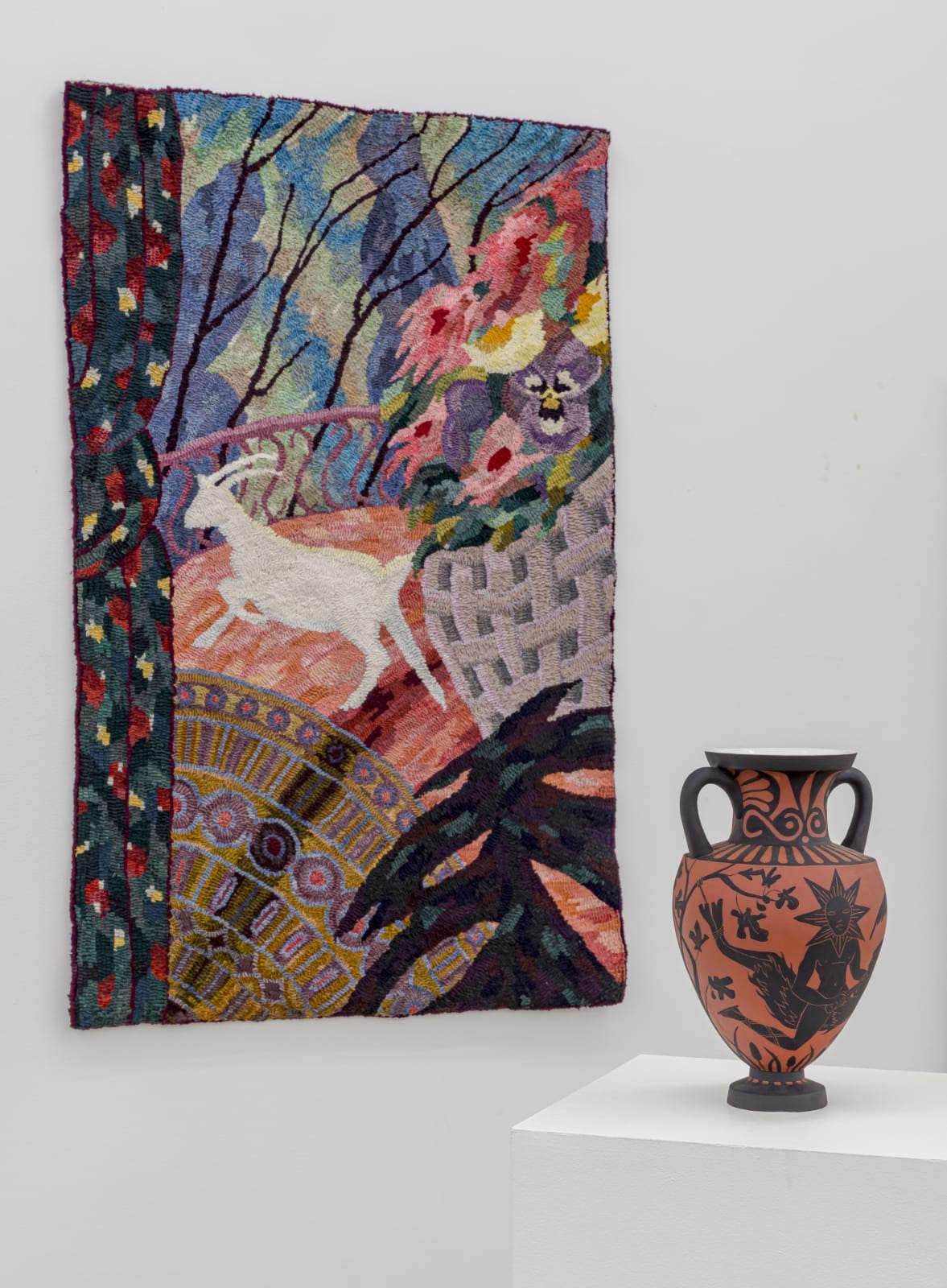
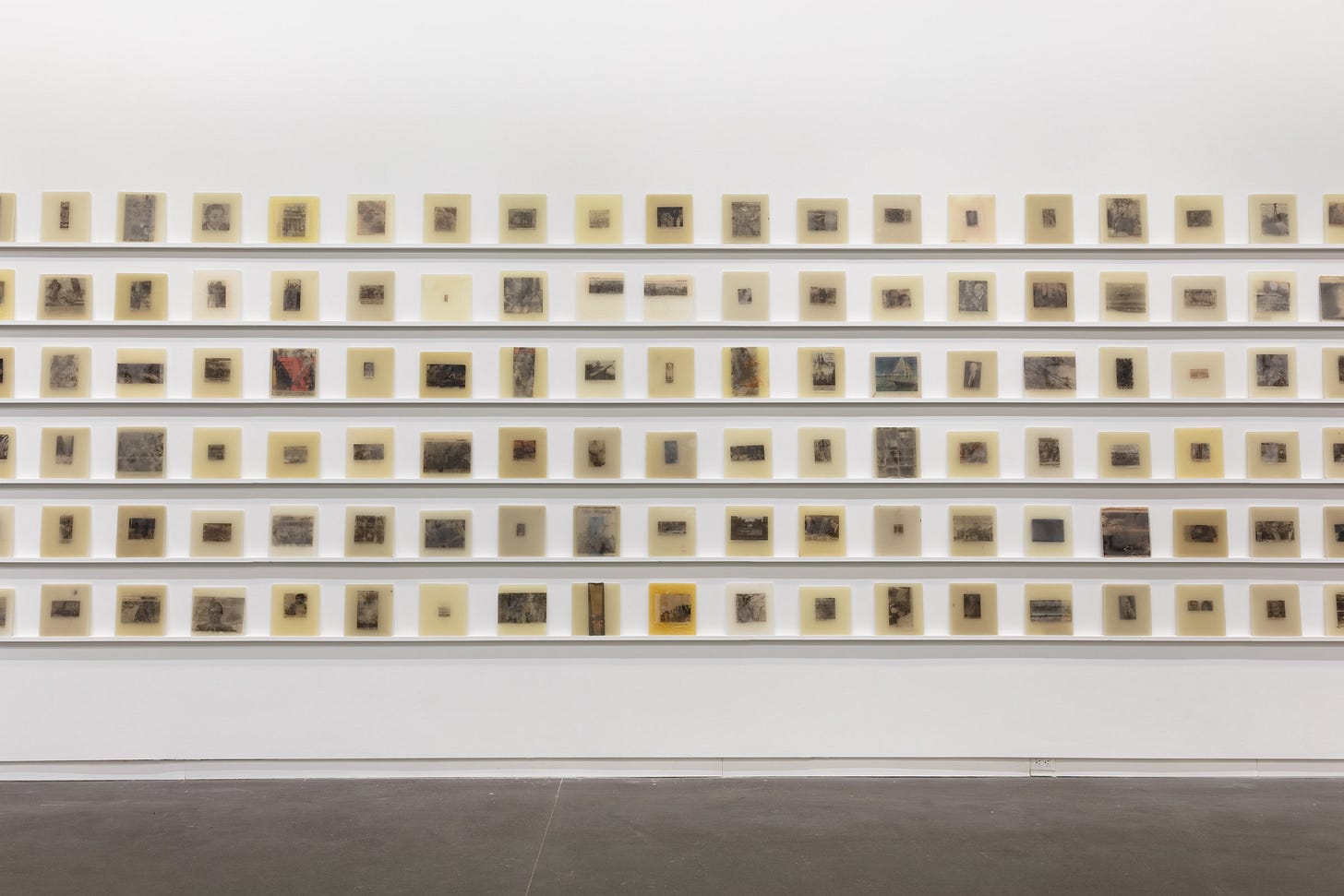

Loved this